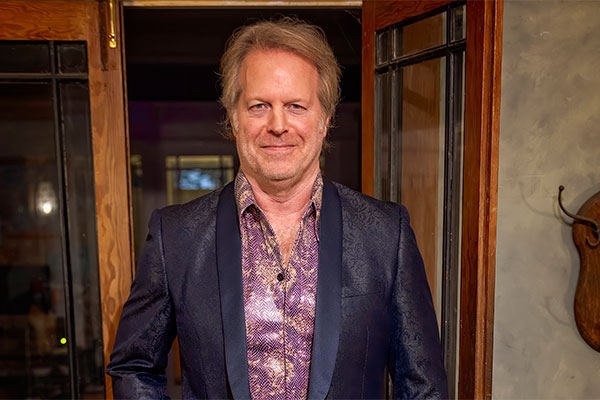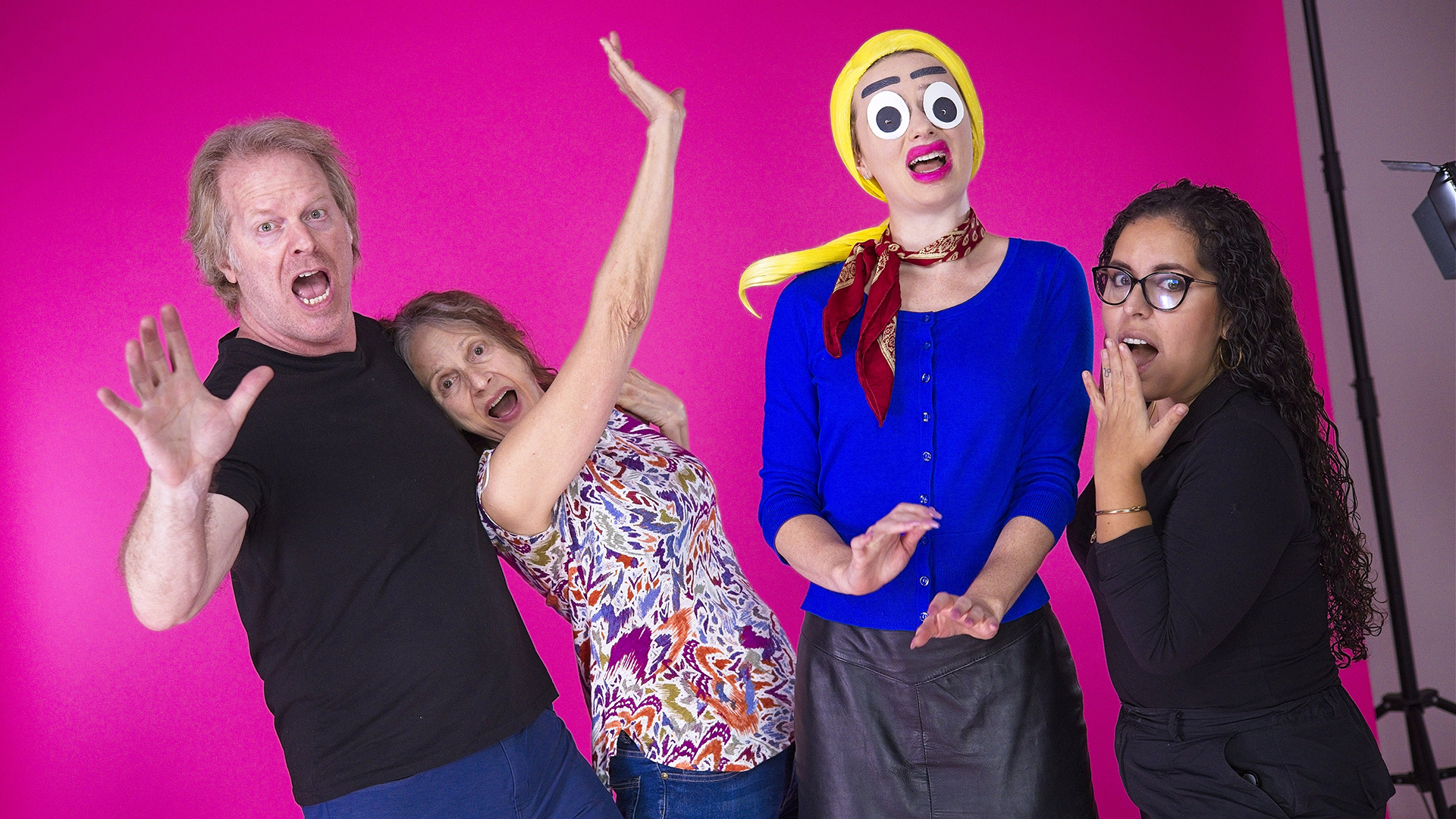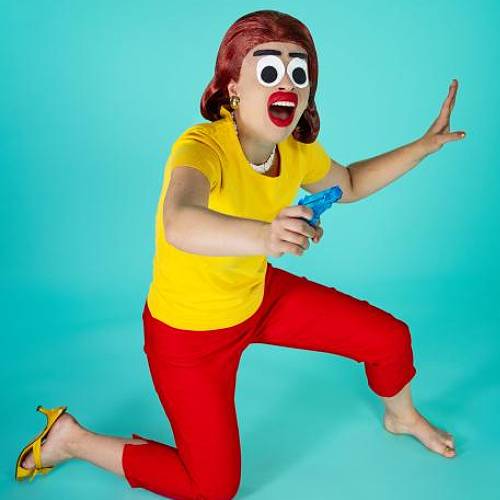
Interview
Greg McDonald
United States
Greg McDonald came to photography through acting and filmmaking, drawn by a love for storytelling and the creative freedom of shaping his own work. Using character, composition, environment, and color, he crafts images that feel cinematic, each one a story told through stillness rather than script.
1 Congratulations on winning in the MUSE Photography Awards! Can you share a little about yourself, what inspired you to pursue photography, and how has your journey evolved since your first shot?
I take photos because I’m no good at the guitar. If I were, I would’ve formed a band a long time ago and driven from gig to gig in my (now sold) black '80s cargo van. So I settled. A camera could be fun, I guess. Photography for me is an extension of filmmaking. It's just another avenue for storytelling. And telling stories is the best way for me to communicate and to connect with the world. My aim is to create stories through character, composition, environment and color. All elements I try to incorporate to shape a story in an image.
2 Can you share the story or inspiration behind your award-winning piece? How does winning this award make you feel about your journey in photography?
I’ve always been intrigued by the artifice and histrionics of acting styles from low-budget sci-fi and horror B-movies from the 1950s/60s and earlier. A blonde dame puts her hands up to her head and lets out a primordial scream, shaking her head in a close-up as the giant lizard man approaches her. The non-stop mugging of a grimacing astronaut in a Halloween grade costume being zapped with a laser by the bug-eyed martian. The contorted facial acrobatics of the scared scientist as he battles a 2000-year-old, extinct, dead fish that he accidentally brought back to life. There is something about being so fake, yet totally believable in an unbelievable way that I just love. Once, when casting a project, an actor had on his resume, ‘fleeing citizen’ as a film credit. I could not have been more impressed. When I found the set of Horrified B-Movie Victims toy figurines years ago in an odd shop in Burbank, California, I had to buy it. The figurines are crudely made, cheaply painted and feature big lips and oversized white eyes with black pupils, yet are posed with inspiration. The perfect characters to bring to life and base a photo shoot on.
3 How do you decide which photo to submit for a competition?
It completely depends on the competition. I try to spend a decent amount of time looking at the previous winners and finalists from the competition to get an idea of what they like. And I thoroughly read all the information there is about the competition and went through the website. The key is to try to submit your photos that best fit the contest or exhibition.
4 What first made you pick up a camera?
I came to photography by way of acting and filmmaking. I was an actor, and then I wrote a short script and produced it. After that, I was hooked on creating work rather than being an actor in someone else's project. I loved acting, but creating a work is a better avenue for me as a way to connect to the world.
5 What’s your favorite type of photography, and why do you love it?
Photography with people. Photography that reveals something about human nature, whether serious or silly, is what I react to the most.
6 What’s your go-to camera setup, and why does it work best for your projects? What’s your favorite feature?
I think my go-to camera setup changes depending on the project. I like using a current mirrorless camera, which is what I mainly use, but I've also used disposable film cameras as well.
7 If someone looked at your work, what’s the one thing you’d want them to feel?
In my winning work, I want a viewer to feel a release from fear.
8 What was the most challenging part of capturing your winning shot?
The most challenging part of my series was getting the models to find poses where you could feel the emotion and feel movement. They had to pose and express themselves in such a way that the viewer could feel the imminent danger.
9 Who or what has been your biggest influence in photography?
Film directors have been my biggest influence in photography, such as Federico Fellini, the Coen Brothers, Yorgos Lanthimos, Alexander Payne, Paul Thomas Anderson and Pedro Almodovar.
10 What message would you share to inspire photographers to participate in photography awards, and what advice would you give to help them excel in the competition?
My advice is to not listen to advice and do what feels right for you and your work. Develop interests in many things and only take on projects that personally mean something to you.
11 What’s one piece of advice for someone just starting in photography?
Take a vast interest in as many subjects as possible. Think about what moves you and act on those feelings.
12 What role do editing and post-processing play in your creative workflow?
Editing and post-processing are the final steps in my workflow. How much or to the extent my editing varies depends upon the project and the specific shot. Sometimes I do minimal, sometimes I take more time making adjustments.
13 How do you see technology, like AI, influencing the future of photography and your own approach?
I see it as helping greatly in reducing the time it takes to do certain tasks, like making selections, removing small, unimportant items in the frame, etc. I don't use it at all for any one-click editing like hitting a button to analyze the whole image and then letting AI make adjustments, or one-click skin retouching. The results I find are usually horrid, and for me, that kind of AI is totally useless. The one AI generative fill feature that I do use when needed is the feature to straighten out a horizon, and then let AI fill in the missing corners to allow you to keep the same pixel dimensions. But the areas to be filled are minimal and are usually just extending what's already there, like the sky, water or land.
14 If you could photograph anything or anyone in the world, what would it be?
Sophia Loren or anywhere in Italy in the 1960s. If I could transport myself inside a Fellini movie during his prime and shoot away, that's what I imagine heaven is like.


